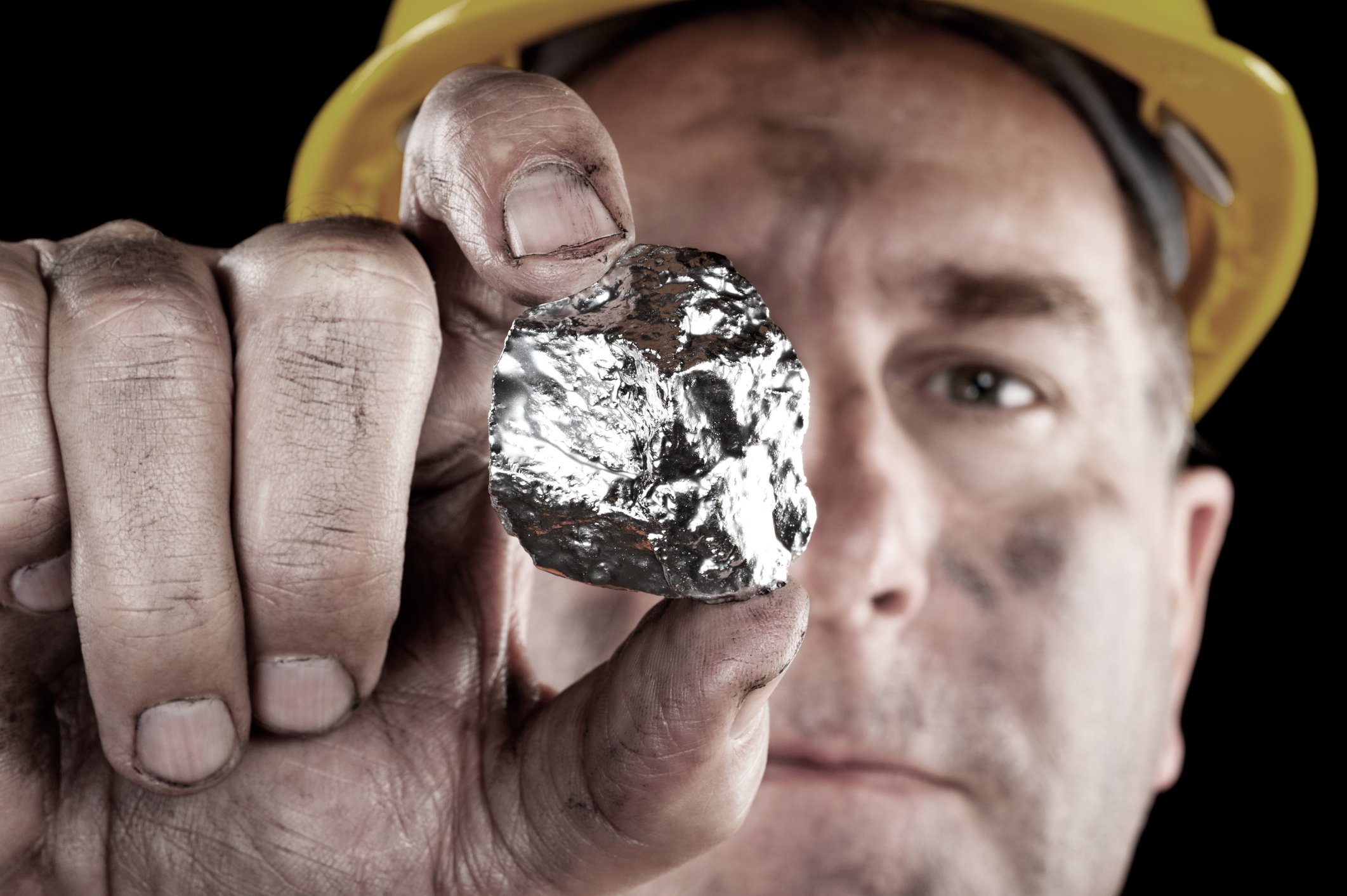Investors headed for the exits en masse when it came to Tahoe Resources (NYSE: TAHO) last year. The stock price was sliced in half during 2017 thanks largely to an abrupt stop in silver production caused by disputes surrounding operations at the Escobal mine in Guatemala, which kicked off an epic showdown between the company, an NGO, and the nation's government that continues today.
The significant loss of silver sales from Escobal forced two major gold mines in Canada and Peru to shoulder the burden. Although gold operations alone nearly allowed Tahoe Resources to post positive EPS in the third quarter of 2017, gold production costs that are relatively high compared to the industry average ensure that's not a sustainable long-term solution.
Where did things go wrong for Tahoe Resources in 2017? Should investors expect a turnaround in the year ahead?

Image source: Getty Images.
Guatemala woes
The stock was incredibly volatile last year as the market forcefully responded to every Escobal update that trickled out. Everything was going fine at the silver mine until an NGO raised issues about the legality of an operating license granted to the company's Guatemalan subsidiary by the country's Ministry of Energy and Mines. A turbulent back-and-forth followed.
The operating license was suspended at first by the Guatemalan Supreme Court, a decision reaffirmed by the Constitutional Court, but then reissued by the Supreme Court. However, the company's export credentials were allowed to expire without a chance at renewal (a decision upheld by the Supreme Court), which effectively knocked Escobal offline indefinitely.
The company's ability to operate the mine in future periods will be determined once all sides present their arguments to the court, which will then attempt to settle the dispute for good. That process was originally estimated to take up to 18 months, or until the very end of 2018 or early 2019. The situation is a mess, to say the least.

Image source: Getty Images.
A sliver of a silver lining can be found in the company's gold operations, which were on pace to meet the full-year 2017 production guidance of at least 400,000 ounces after the first nine months of the year. That will mark a significant increase from 2015 production of just 230,000 ounces and puts Tahoe Resources well on its way to achieving 500,000 ounces of annual gold production in 2019.
Gold operations alone nearly carried the company to a third-quarter 2017 profit, but suspension costs related to Escobal and a one-time charge for community-related expenses resulted in a net loss of $0.02 per share during the period. On one hand, that's pretty encouraging. On the other hand, it leaves investors wondering what could have been if Tahoe Resources had all-in sustaining costs (AISC) that were closer to the best in the industry.
Management expects full-year 2017 AISC to come in at $1,050 per ounce of gold in the best-case scenario, which is much higher than low-cost peers such as Barrick Gold, Newmont Mining, Goldcorp, and several others that boast costs closer to $850 per ounce. The relatively high costs of gold production make the Escobal debacle sting even more.

Image source: Getty Images.
Is there hope in the year ahead?
There's always hope that low-cost silver production from Tahoe Resources' Guatemalan operations will come back online in 2018. Of course, that's largely out of the company's control, so let's focus elsewhere.
The Shahuindo gold mine in Peru will be expanded in mid-2018 so it can begin contributing 200,000 ounces of gold production per year by 2019. Meanwhile, the Bell Creek gold mine in Canada is undergoing work to double its production to 80,000 ounces per year by 2020 and tack on another decade of operating life. The first phase of the expansion at Bell Creek will be completed in the middle of the year as well.
Completing the projects on time and on budget will be key to enabling free cash flow-positive operations for Tahoe Resources, which would make the Escobal related issues somewhat less important. That said, the expansions aren't expected to be ramped up and fully contributing until after 2018, nor will announcing their completions be likely to provide the catalyst the stock desperately needs.
In other words, until the company can deliver more clarity on the future of its prized silver mine, investors would be better off sticking to the sidelines.





